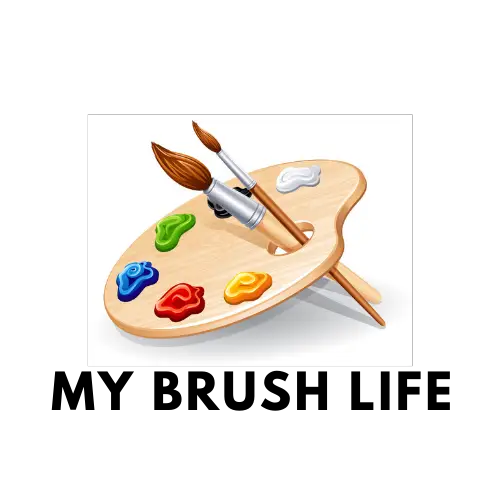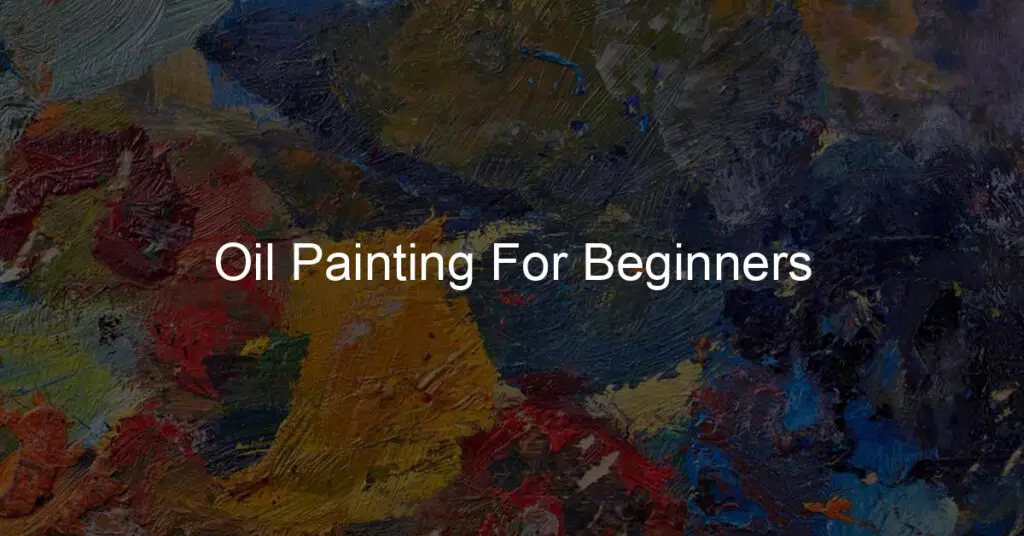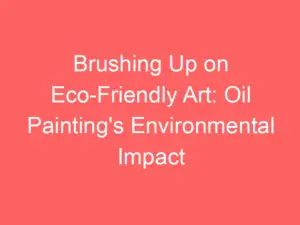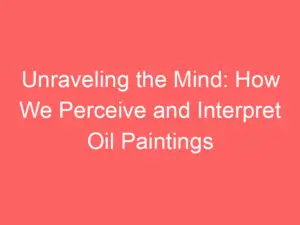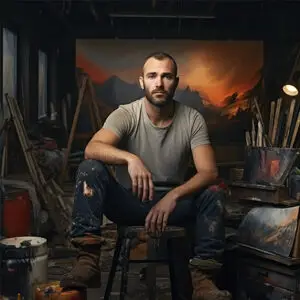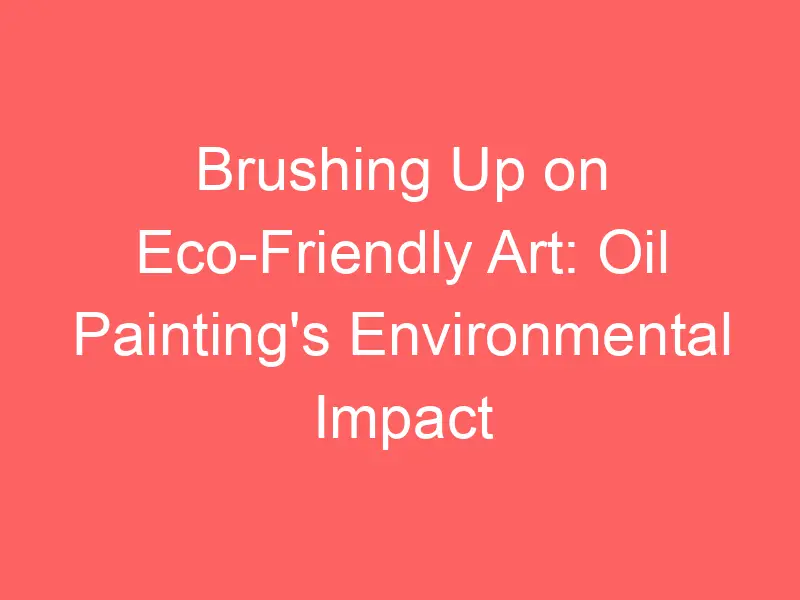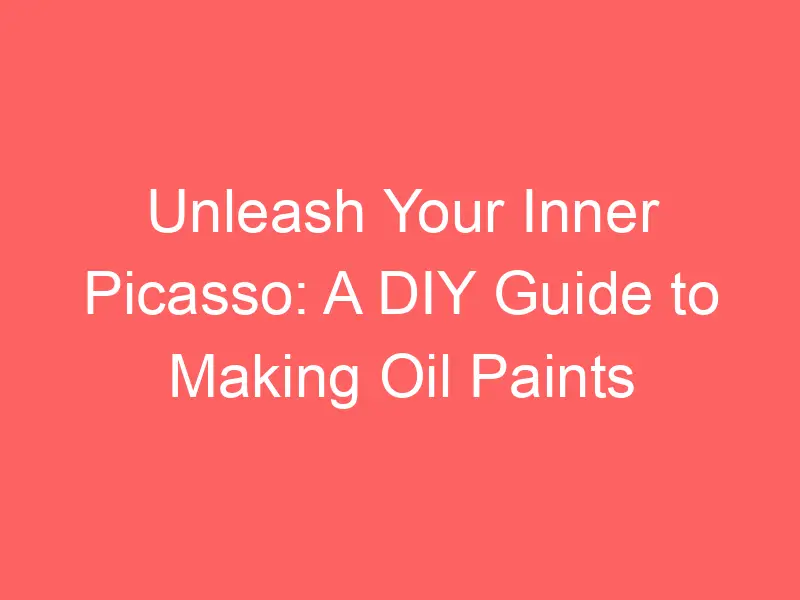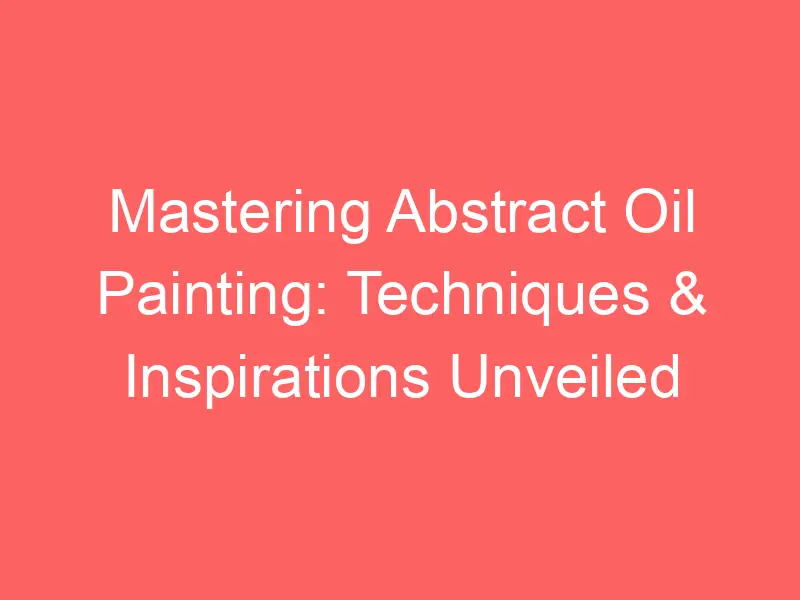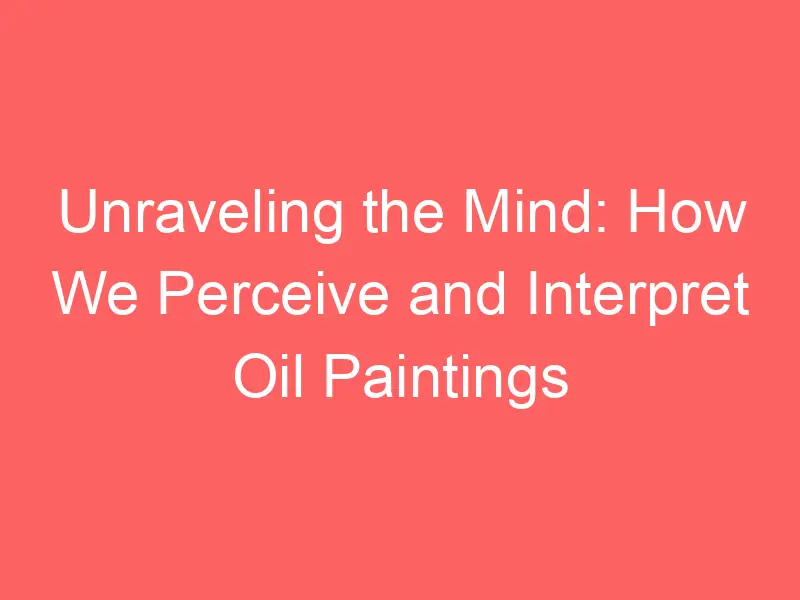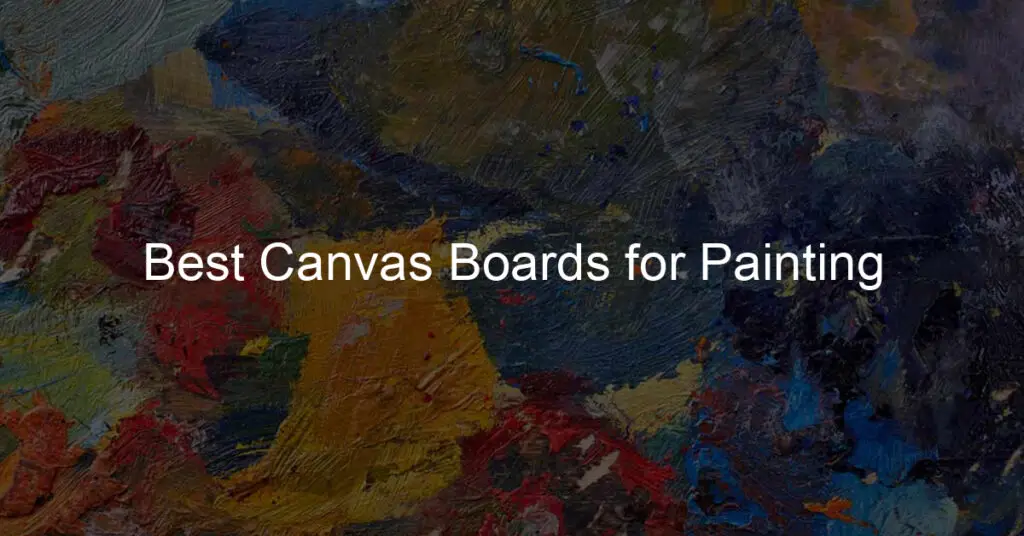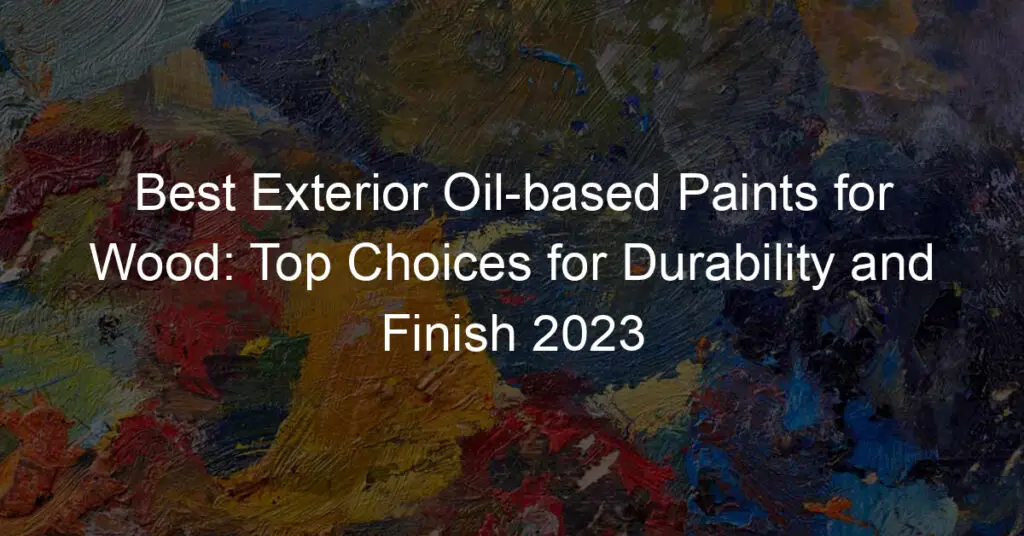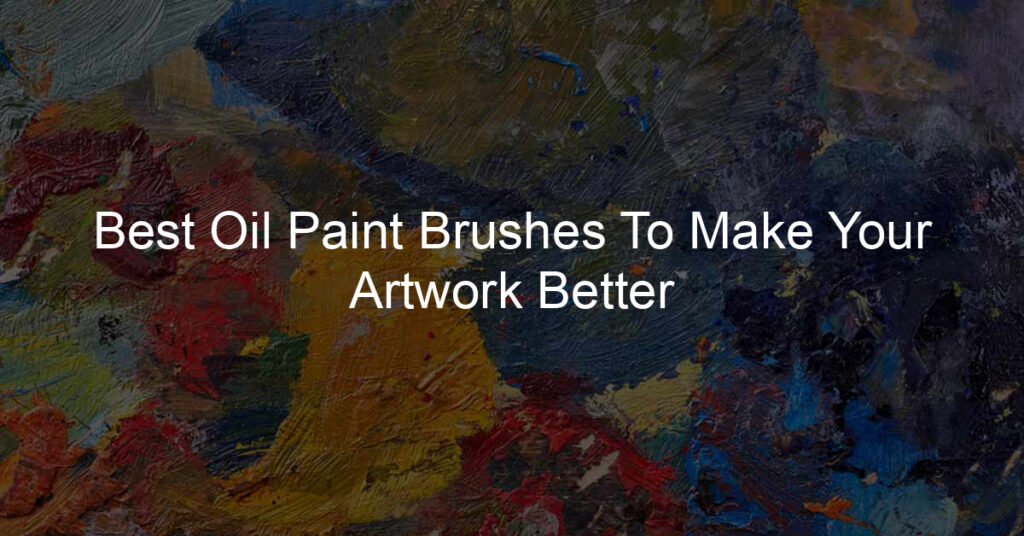Introduction
Welcome to the colorful world of oil painting! If you’re new to this art form, you might be wondering what it’s all about. Let’s dive in and learn more.
- What is oil painting?
- Why choose oil painting?
So, are you ready to dip your brush into the world of oil painting? Stick around, because we’ve got a lot more to share with you in this guide. Let’s get started!
Beginner’s Guide to Oil Painting: Getting Started
Hey there, budding artist! Ready to dive into the colorful world of oil painting? Great! But before we start, let’s make sure you’ve got all the essential tools. Don’t worry, we’ll guide you through it.
Essential Tools for Oil Painting
Just like a chef needs the right tools to create a delicious meal, an artist needs the right tools to create a masterpiece. Here are some of the most important ones:
- Types of brushes: Brushes are like your magic wands. They come in different shapes and sizes, each designed for a specific purpose. For example, flat brushes are great for filling in large areas, while round brushes are perfect for detailed work. Learn more about brushes here.
- Palette and palette knives: A palette is where you mix your colors. It’s like your personal color laboratory! Palette knives are used to mix the paints on the palette, and can also be used to create interesting textures on the canvas. Find out more about palettes and palette knives here.
- Types of oil paints: Oil paints come in a rainbow of colors. Some are opaque, some are transparent, and they all have different drying times. The most common types of oil paints are artist grade and student grade. Artist grade paints have more pigment and are higher quality, but they’re also more expensive. Student grade paints are more affordable and are a great choice for beginners. Discover more about oil paints here.
Now that you know about the essential tools, you’re one step closer to creating your first oil painting. Remember, the most important thing is to have fun and let your creativity flow!
Setting Up Your Workspace
Before you start creating your masterpiece, it’s important to set up your workspace. This includes choosing the right location, organizing your tools, and considering safety. Let’s dive into each of these aspects.
- Choosing the Right Location
- Organizing Your Tools
- Safety Considerations
Setting up your workspace might seem like a lot of work, but it’s worth it. It can make your painting experience more enjoyable and safe. So, take your time and set up your workspace properly. Happy painting!
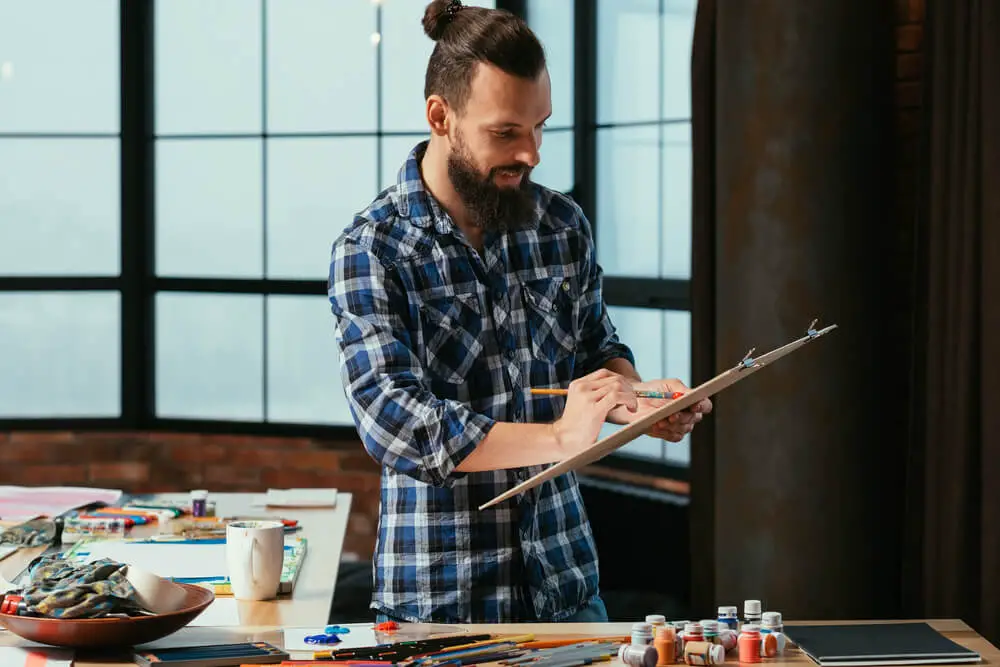
Basics of Oil Painting
Let’s dive into the colorful world of oil painting! But first, we need to understand some basic concepts about color and how to mix them. So, grab your palette and let’s get started!
Understanding Color and Mixing
Colors are the soul of any painting. They express emotions, set the mood, and bring life to our canvas. But how do we create different colors? Let’s find out!
- The color wheel
- Creating shades and tints
- Mixing colors
Understanding colors and how to mix them is the first step to becoming a great oil painter. So, keep practicing and experimenting with different colors. Happy painting!
Basic Oil Painting Techniques
Let’s dive into some basic oil painting techniques that every artist should know. These techniques can help you create different effects and textures in your artwork, making it more interesting and unique.
- Glazing
- Scumbling
- Impasto
Remember, practice makes perfect. Don’t be afraid to experiment with these techniques and see what works best for you. Happy painting!
Learning Oil Painting: Step-by-Step Tutorials
Are you ready to dive into the world of oil painting? Great! We’ve got some easy-to-follow tutorials lined up for you. These step-by-step guides are perfect for beginners, and they’ll help you understand the basics of oil painting. Let’s get started!
Oil Painting Tutorials for Beginners
Here are three types of painting styles that you can start with. Each of these styles has its own charm and techniques. So, pick the one that interests you the most and let’s get painting!
- Still Life Painting
- Landscape Painting
- Portrait Painting
Remember, practice makes perfect. So, don’t get discouraged if your first few paintings don’t turn out as you expected. Keep painting and have fun!
Understanding and Practicing Oil Painting Techniques: Alla Prima, Glazing, and More
There are numerous oil painting techniques to explore. Alla Prima, or ‘wet-on-wet,’ allows you to complete a painting in one sitting while the paint is still wet. In contrast, the glazing technique involves applying thin layers of transparent oil paint over a dry layer to create depth and luminosity. Other techniques include impasto, where paint is applied thickly to create texture, and scumbling, where a thin, opaque layer of light paint is applied over a dried darker layer. Experiment with different techniques to discover your preferred style.
| Technique | Description | Best Used For | Skill Level |
|---|---|---|---|
| Alla Prima | Painting done in one sitting while paint is still wet | Quick studies and plein air painting | Beginner to Advanced |
| Glazing | Applying thin layers of transparent paint over dry layers | Achieving depth and luminosity | Intermediate to Advanced |
| Impasto | Thick application of paint | Creating texture and emphasis | Beginner to Advanced |
| Scumbling | Applying thin, opaque layer of light paint over dried darker layer | Softening colors, adding atmospheric effects | Intermediate to Advanced |
Step-by-step Guide to a Basic Oil Painting
Now, let’s dive into creating a basic oil painting. Start by sketching your design lightly on the canvas using a pencil. Next, apply a thin layer of paint for the underpainting, which serves as a map of your composition’s light and dark values. Then, you can start building layers, allowing each one to dry before applying the next. Work from dark to light, thin to thick. Finally, add details and highlights. Remember, oil painting takes patience, and it’s okay if your first few attempts don’t turn out perfect.

Oil Painting Techniques: The Art of Creating Texture and Depth
Creating texture and depth can make your painting come alive. For texture, techniques such as impasto, where you apply paint thickly, can be used. Depth can be achieved through the understanding of color and value. Cooler colors and lighter values tend to recede, while warmer colors and darker values advance. Mastering these principles can make your painting appear three-dimensional.
Introduction to Plein Air Oil Painting for Beginners
Plein air painting is the act of painting outdoors. It’s a fantastic way to capture natural light and color in real-time. This requires a portable set of supplies, including a travel easel, a limited palette, and a handful of brushes. Plein air painting can be challenging because of changing conditions, but it’s a great way to improve observation skills.
Oil Painting Safety Tips: Handling and Disposing Materials
Oil painting involves materials that can be harmful if not handled properly. Always work in a well-ventilated area and avoid direct skin contact with paint and solvents. Never pour solvents down the sink; instead, let the residue settle in a closed container, then dispose of it at a hazardous waste facility. Always store your materials safely and out of reach from children and pets.
How to Clean and Maintain Oil Painting Brushes
Proper brush care can extend the life of your brushes. Clean your brushes after every session. Wipe off excess paint with a rag, then wash the brushes with soap and warm water. Reshape the bristles and let the brushes dry horizontally to prevent water damage to the handles. For deep cleaning, consider using a brush conditioner or cleaner.
Painting Still Life in Oils: A Beginner’s Tutorial
Painting still life is an excellent practice for beginners. It allows you to work with simple shapes and understand light and shadow. Start by setting up a still life arrangement with a strong light source. Sketch the arrangement, taking note of shadows and highlights. Then, begin with an underpainting and slowly build up layers of color, focusing on value before moving onto color accuracy.
Tips and Tricks to Fix Common Mistakes in Oil Painting
Everyone makes mistakes, especially when learning something new. In oil painting, common errors include muddy colors, poor composition, and lack of depth. To avoid muddy colors, clean your brush between different color applications. Improve your composition by planning ahead with a sketch. To create depth, remember to vary your color and value, using the principles of perspective.
Achieving Realism in Oil Painting: Essential Techniques for Beginners
If your goal is to create realistic paintings, start by focusing on observation and replication. Mastering the techniques of blending, layering, and glazing can help create lifelike textures and depth. The key is patience and practice, allowing each layer of paint to dry before adding the next.
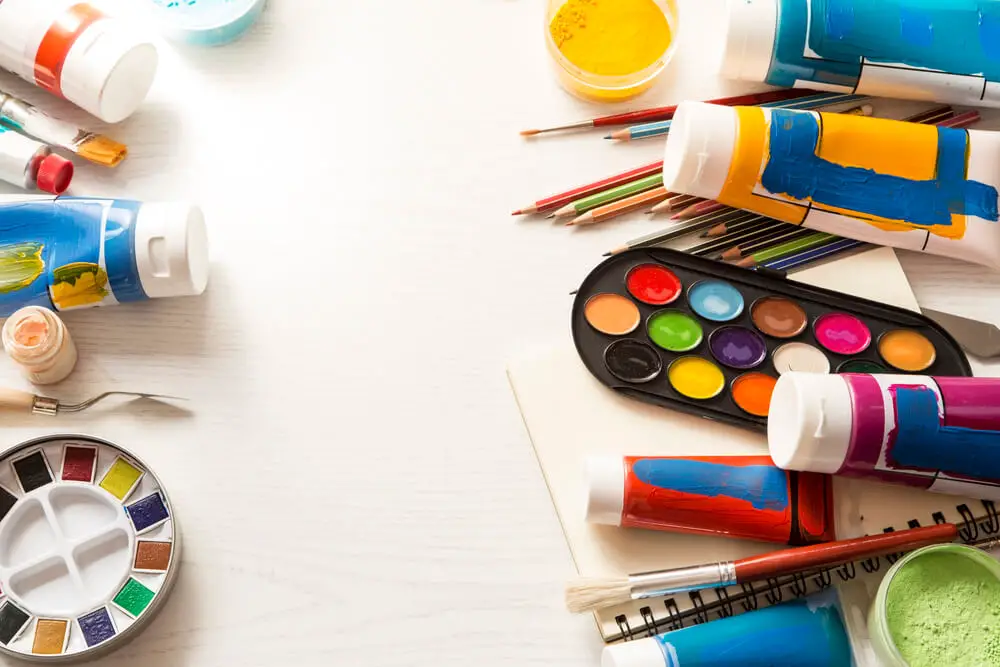
How to Preserve Your Finished Oil Painting: Varnishing Basics
After finishing a painting, it’s crucial to protect it. Varnishing your painting can preserve it and enhance its appearance. Ensure your painting is completely dry, which can take a few weeks to months, depending on the thickness of your paint layers. Apply a thin layer of varnish using a wide, soft brush, and let it dry for a few days.
Learning from the Masters: Famous Oil Paintings for Beginners to Study
Studying the works of masters can provide invaluable insights. Analyze their use of color, composition, brushwork, and technique. Paintings such as Van Gogh’s “Starry Night,” Vermeer’s “Girl with a Pearl Earring,” and Monet’s “Water Lilies” are excellent starting points. Remember, you’re not trying to replicate their work, but to understand and learn from it.
Creating Abstract Art with Oil Paints: A Starter’s Guide
Abstract art can be freeing for beginners. It allows you to experiment with color, form, and brushwork without the pressure of representation. Start by choosing a color scheme and let your intuition guide your brush strokes. Don’t be afraid to make bold choices and experiment.
Online Resources for Oil Painting Beginners: Best Courses and Tutorials
The internet is a vast resource for learning oil painting. Websites like Skillshare, Coursera, and YouTube have a multitude of courses and tutorials catering to different skill levels. Additionally, online art communities and forums can offer feedback, advice, and inspiration.
Conclusion
Embarking on your oil painting journey might seem overwhelming initially, but remember, every master artist was once a beginner. This comprehensive guide is meant to provide you with the fundamental understanding and techniques necessary for oil painting. From understanding your tools, to mastering techniques, and even addressing safety concerns, each step is designed to help you evolve as an artist. Practice, patience, and passion are your best allies on this artistic journey.
Uncharted Territories in Oil Painting
While this guide has covered a wide range of topics, the world of oil painting is vast and constantly evolving.
Exploring Different Mediums in Oil Painting
Oil painting isn’t limited to canvases; artists often paint on wood panels, paper, and even metal. Each surface provides a unique texture and experience, offering new opportunities for artistic expression.
The Role of Photography in Modern Oil Painting
In the digital age, photography has become an integral part of the artistic process. It can serve as a reference for your paintings, help in understanding light and color, and even provide inspiration for compositions.
Eco-Friendly Practices in Oil Painting
With growing environmental concerns, many artists are seeking eco-friendly alternatives in their artistic process. From using non-toxic solvents to recycling canvases, there are numerous ways to make your oil painting practice more sustainable.
The Impact of Technology on Oil Painting
Technological advancements have brought forth new possibilities in the world of art. Digital painting applications can simulate the oil painting process, offering a new platform for creativity. It can be a great tool for practicing techniques or sketching ideas before moving on to actual paints.
Exploring these areas will not only enrich your understanding of oil painting but also inspire you to innovate and push the boundaries of your artistry.
